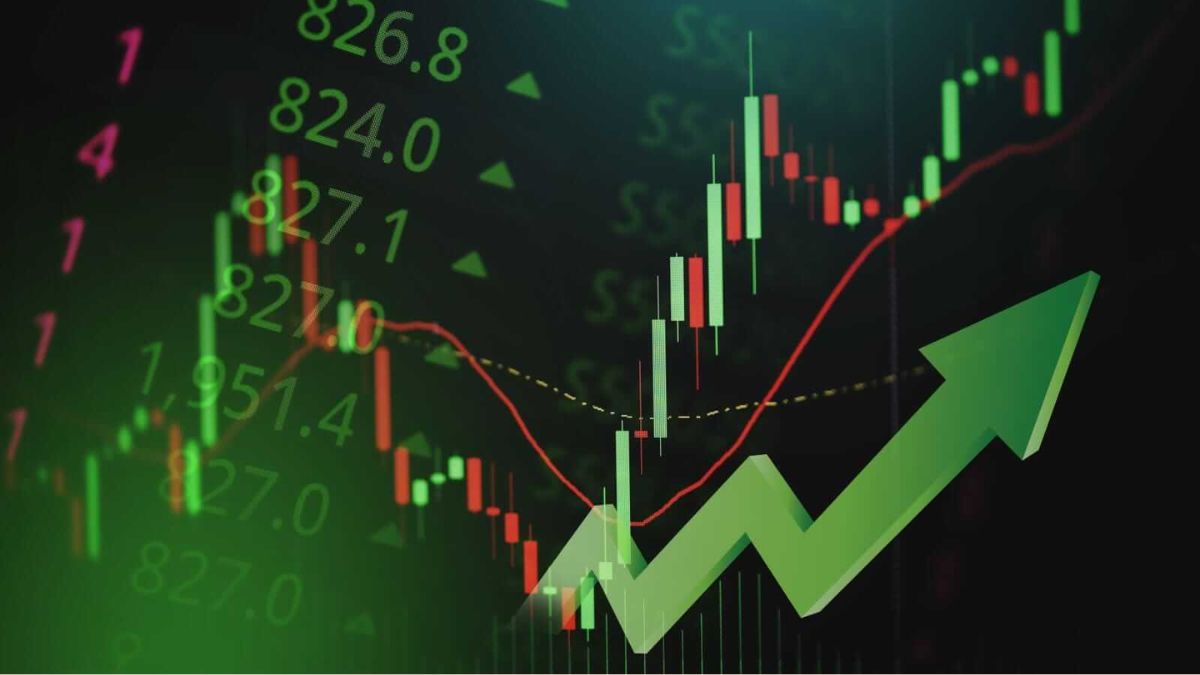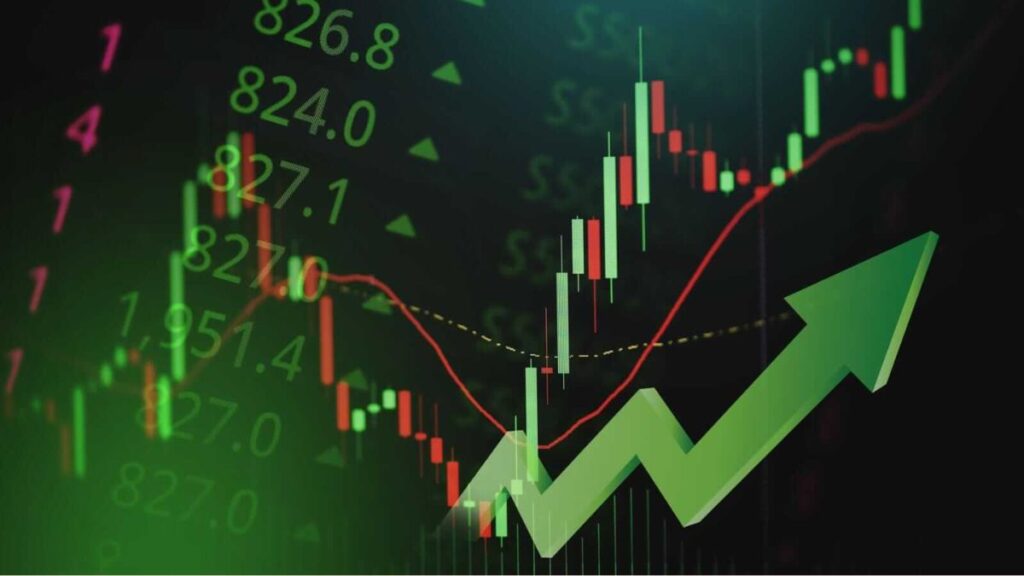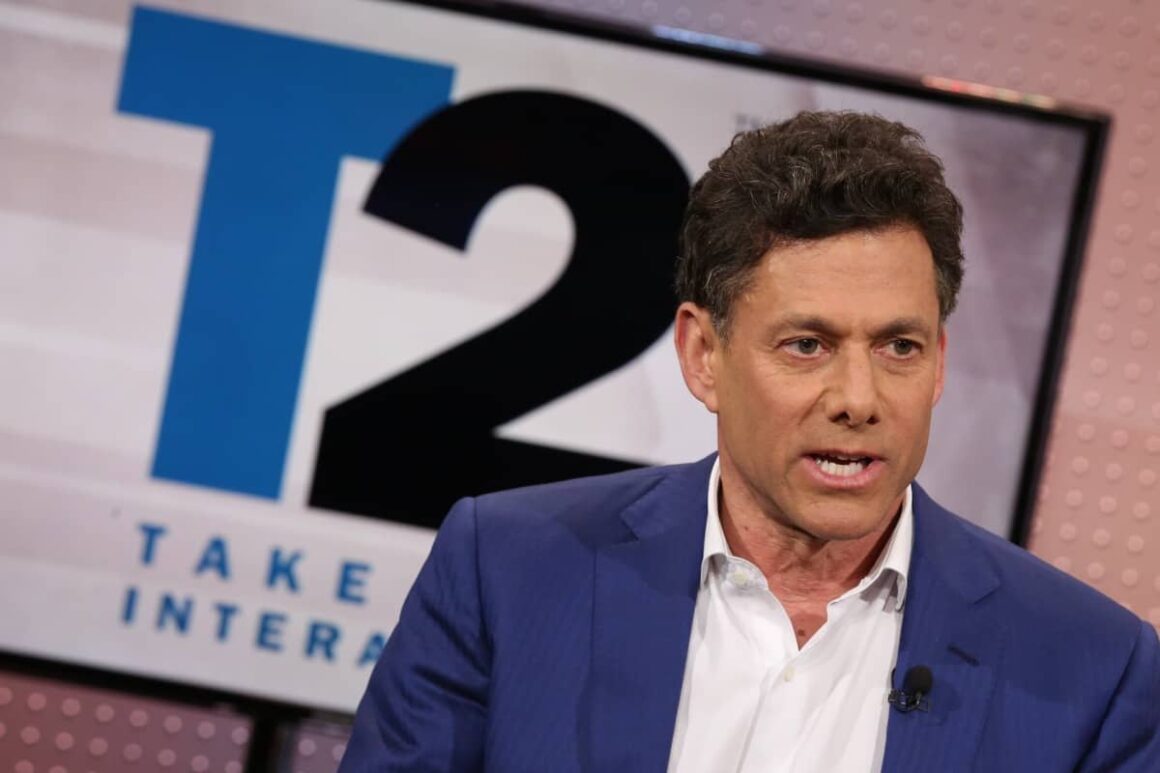U.S. stock futures fell sharply on Friday as technology shares came under renewed pressure and investors grew less confident about a Federal Reserve rate cut in December. The market drop follows Thursday’s steep declines, which were the worst in more than a month.
S&P 500 futures fell 0.8% in early trading, while Nasdaq 100 futures dropped 1.3%. Dow Jones Industrial Average futures slipped 0.5%, or about 240 points. The VIX volatility index rose above 20, showing that market uncertainty is increasing.
Large technology companies led the selloff. Nvidia shares fell 2.4% after heavy losses on Thursday. Tesla dropped 3.8% as worries about slowing electric vehicle demand continued. AMD slid 6% after issuing weak earnings guidance linked to softer AI chip demand. Broadcom and Applied Materials also declined, falling 3.5% and 6%.
The pullback comes as investors lower their expectations for a December interest-rate cut. Futures now show only a 50% chance of a 25-basis-point cut, compared with much stronger expectations last week. The ongoing U.S. government shutdown is also creating uncertainty by delaying key economic data that the Fed relies on.
Concerns about an AI-driven market bubble are adding pressure. The global chip sector has lost more than $500 billion in value since early November. Social media commentary reflected the negative sentiment, with users warning of “bubble fears” and pointing to heavy losses in major tech stocks.
Other markets also reacted. Bitcoin fell 3% to around $92,000, while gold rose 5% as investors sought safer assets. The yield on the 10-year U.S. Treasury rose to 4.13%. Asian and European stock markets opened lower, led by declines in technology shares such as ASML and Infineon.
The market downturn follows a strong post-election rally that pushed the Dow above 48,000. Some analysts see the latest pullback as normal profit-taking, but others warn of a deeper decline if the shutdown continues or if upcoming earnings disappoint. Walmart and Lennar will report results next week, giving investors more insight into consumer demand.
As markets prepare to open, investors will be watching to see whether the selloff continues or stabilizes.









